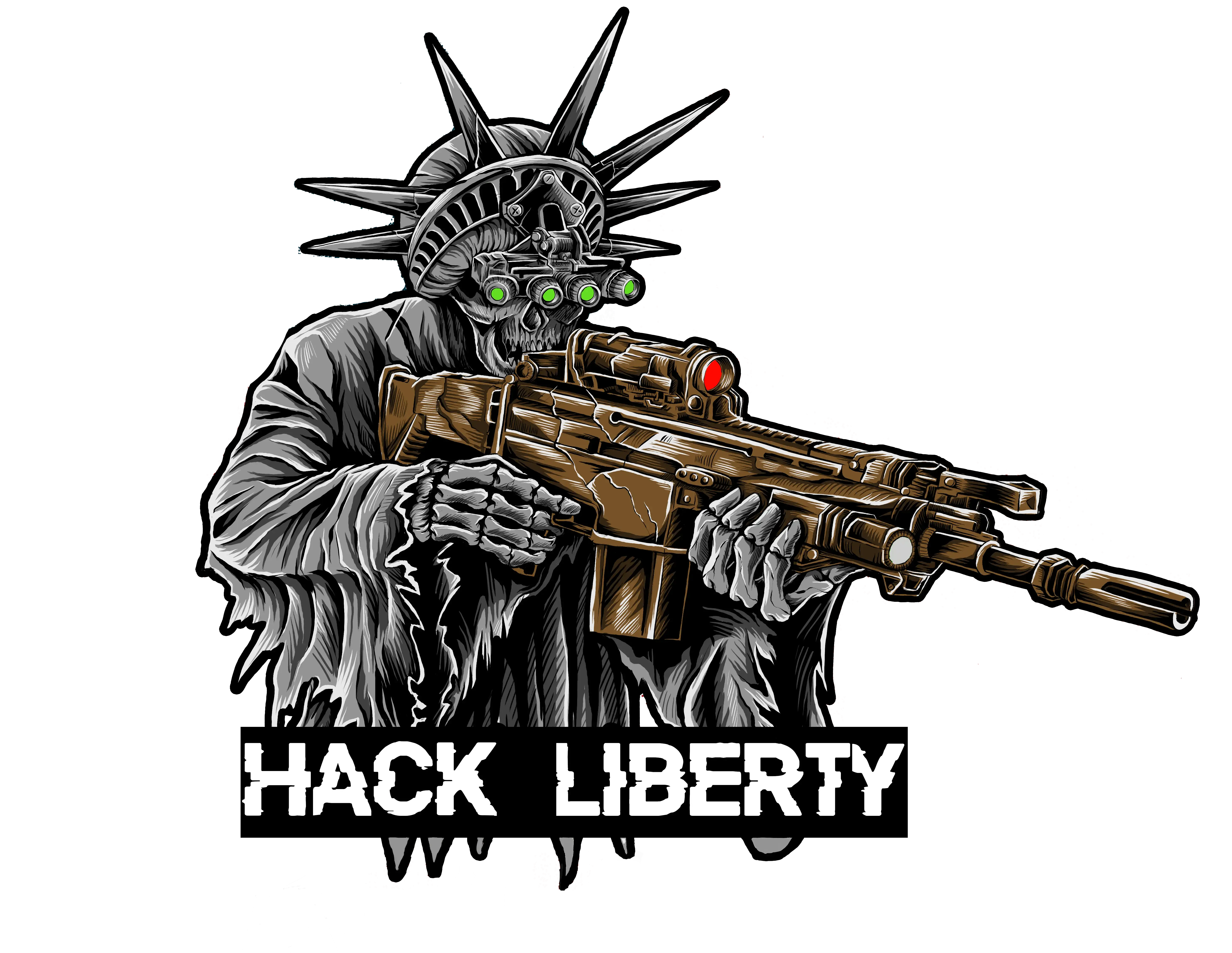“There were relatively few secret police, and most were just processing the information coming in. I had found a shocking fact. It wasn’t the secret police who were doing this wide-scale surveillance and hiding on every street corner. It was the ordinary German people who were informing on their neighbors.”
- Professor Robert Gellately, author of Backing Hitler
Cue the dawning of the Snitch State.
This new era of snitch surveillance is the lovechild of the government’s post-9/11 “See Something, Say Something” programs combined with the self-righteousness of a politically correct, hyper-vigilant, technologically-wired age.
For more than two decades, the Department of Homeland Security has plastered its “See Something, Say Something” campaign on the walls of metro stations, on billboards, on coffee cup sleeves, at the Super Bowl, even on television monitors in the Statue of Liberty. Colleges, universities and even football teams and sporting arenas have lined up for grants to participate in the program.
The government has even designated September 25 as National “If You See Something, Say Something” Awareness Day.
If you see something suspicious, says the DHS, say something about it to the police, call it in to a government hotline, or report it using a convenient app on your smart phone.
This DHS slogan is nothing more than the government’s way of indoctrinating “we the people” into the mindset that we’re an extension of the government and, as such, have a patriotic duty to be suspicious of, spy on, and turn in our fellow citizens.
This is what is commonly referred to as community policing.
I see the government taking away our rights on a constant basis, but they don’t seem to care when I say something.



